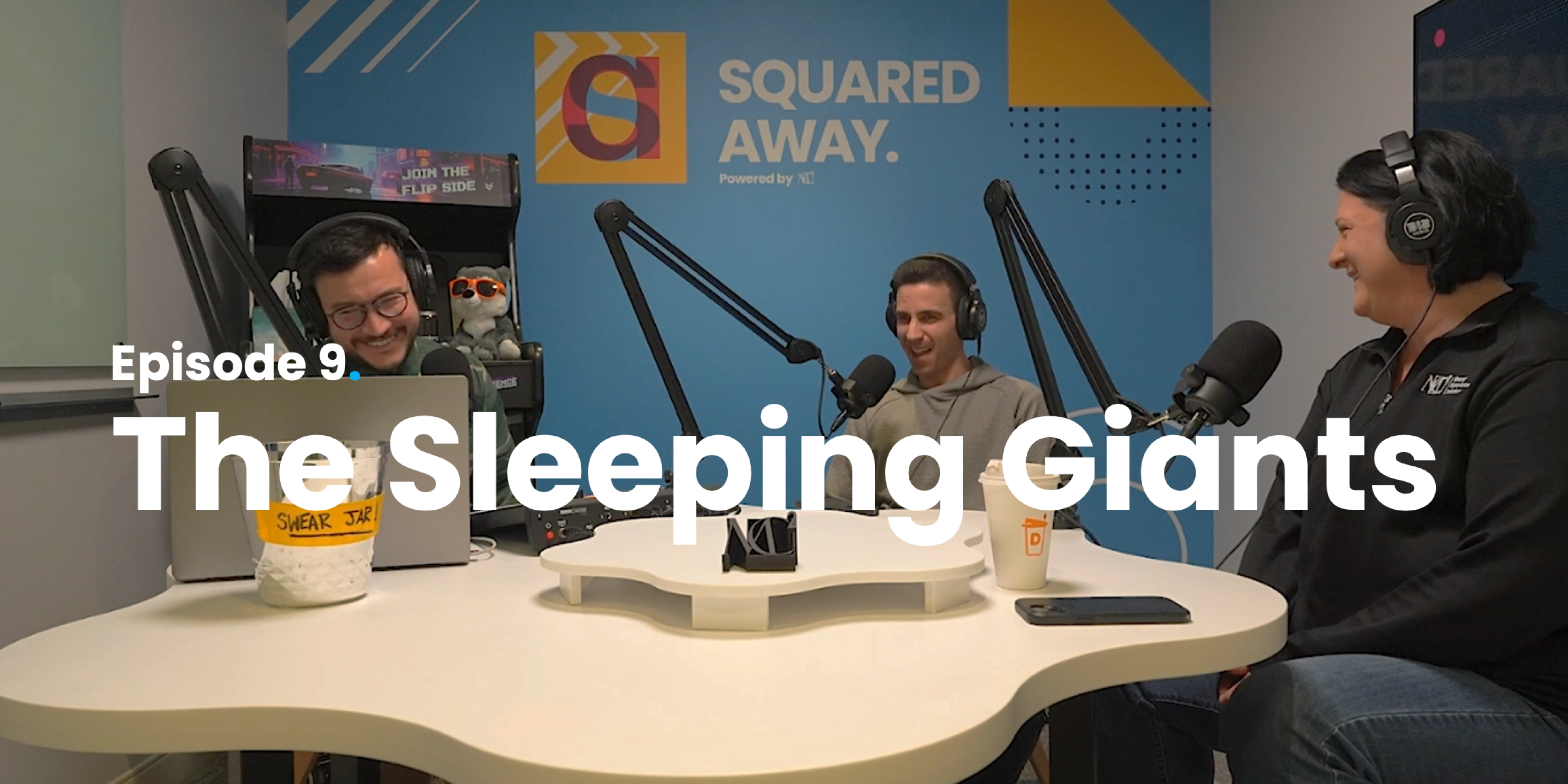
Bridging the Gap Between Marketing and Sales to Create a Comprehensive Event Marketing Strategy
The rivalry between marketing and sales is no secret, and when the two departments come head-to-head on the trade show floor, it’s not always pretty.
In fact, according to a widely-cited survey from the Corporate Executive Board, 87% of the terms that come out of the mouth of a sales or marketing employee about the other department are negative.
You’ve probably heard it yourself. Sales says marketing is lightweight and easy, while marketing claims that sales is outdated and will say anything to get a deal. Rough stuff.
While rivalries may be profitable when it comes to sports, a rift between your sales and marketing team is not doing your event marketing strategy any favors, and it’s certainly not going to increase your company’s revenue.
With business as with kindergarten, getting along is good for everyone. Aligning marketing with sales can significantly improve an organization’s revenue by streamlining the customer’s path to purchase. When sales and marketing play nicely together, the number of quality leads increases and the revenue goes up.
How Did this Happen?
Once upon a time, the roles of marketing and sales were crystal clear.
After marketing worked their magic, a customer would talk to a salesperson when they were still in the early solution development phase of their purchase path. Today, the proliferation of social media and mobile devices has completely changed how prospects interact with sales professionals. Thanks to increased access to customers, a lot of the initial educational responsibility now falls on the marketing team, which means that marketing suddenly owns a larger portion of the sales cycle.
This may sound like bad news for salespeople, but if handled properly, these same technological advancements can actually help to repair a broken system of mistrust between marketers and sales teams.
Turning Old Rivals into a Dynamic Duo
Marketers should think of their sales team as a group of audience experts. Since sales is still on the front lines speaking with customers every day, they provide invaluable insight into the type of content that customers want, both online and in person at your next event or trade show.
Setting up a few ground rules can make this new partnership even more successful. First, marketing and sales teams need to speak the same language by creating a shared terminology. The two teams must also agree on “handoff points” by identifying the point at which a lead should be passed to sales. That agreement should include the creation of a closed loop process that allows sales to push leads back to marketing for ongoing nurturing programs.
With simple ground rules in place at the beginning of the customer journey, sales and marketing teams will know when to collaborate on content, and when to stay in their own lane.
Putting it All Together for Your Event Marketing Strategy
More and more, companies are considering trade shows to be an important part of their selling and marketing process. Trade shows create an excellent opportunity for decision makers to evaluate new products and even conduct purchasing activities. But, the most successful exhibitors don’t just fill up the booth and hope to get leads, they fully integrate sales efforts and marketing tools into their exhibiting process and overall event marketing strategy.
The trade show floor gives salespeople a great opportunity to put their customer “expert” status to good use. Today’s attendee (especially the millennial attendee) wants to talk to a real person, one-on-one, so, sales needs to be prepared to deliver relevant information by partnering with the right product specialist, engineer, or brand manager.
The event marketing team, on the other hand, needs to create an impactful exhibit experience that naturally leads people towards a genuine interaction with a sales rep in order to reap the rewards of all of their hard work.
Trade shows give you access to buyers that cannot be replicated anywhere else, but you have to make it count. On average, you only have 5 to 15 minutes to make a lasting impression that will give you an edge over the competition. Event marketing must create an exhibit that works as a selling tool, and they can’t do it without sales.
Looking for more tips on event marketing and exhibits?




